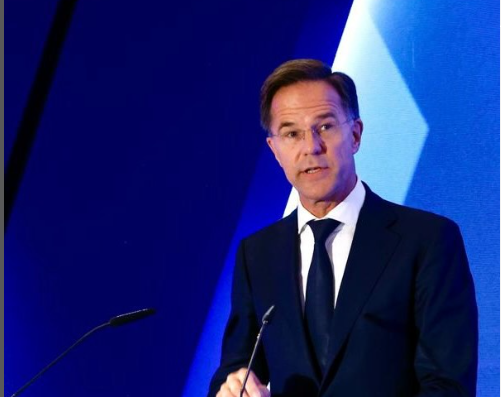Mark Rutte, who is 6 feet 4 inches tall, has a physical presence that makes him stand out both aesthetically and figuratively in almost every space he walks into. Although presence is unquestionably important in the delicate dance of diplomacy and political persuasion, leadership is never determined by inches. Rutte’s height, which is frequently noted but never acknowledged in public, has come to represent the unwavering, covert authority he has had over Dutch and European politics for over 10 years.

As prime minister of the Netherlands for almost 14 years in a row, Rutte consistently displayed a type of political resilience that is very comparable to how towering buildings withstand altering urban winds: by remaining adaptable but rooted. He has a unique talent for adaptable governance, as seen by his ability to lead through contentious coalition negotiations, budget standoffs, and cabinet collapses. He developed an image during that time that was both unflappable and personable, traits that complemented his straight posture and calm manner.
Mark Rutte Bio and Profile
| Attribute | Details |
|---|---|
| Full Name | Mark Rutte |
| Date of Birth | February 14, 1967 |
| Age | 58 (as of 2025) |
| Birthplace | The Hague, Netherlands |
| Nationality | Dutch |
| Height | 6 feet 4 inches (193 cm) |
| Education | BA and MA from Leiden University |
| Previous Occupation | Business Manager at Unilever |
| Political Party | People’s Party for Freedom and Democracy (VVD) |
| Prime Minister (NL) | 2010 – 2024 (Longest-serving in Dutch history) |
| NATO Secretary General | Since October 2024 |
| Known For | Pragmatic leadership, coalition building, political resilience |
| Nickname | “Teflon Mark” |
Rutte’s stance was a representation of assurance and clarity during press conferences and debates that were broadcast on television. Standing taller than the majority of his European counterparts, such as Olaf Scholz and Emmanuel Macron, he frequently seemed to be the focal point of the visual lineup at international conferences. Rutte’s composed demeanor conveyed constancy, in contrast to others who used dramatic tone or passionate movements. His style remained remarkably clear, free of theatrics, and solution-focused, even after his government quit in 2021 due to the childcare benefits scam. His political and bodily equilibrium appeared to align during these times.
The nickname “Teflon Mark” came about because of his tenacity rather than his charm. Rutte avoided responsibility for more than ten years with a particularly calculated composure. Despite budget issues and disputes over migration, he managed to keep his reputation remarkably intact. He led four successive administrations, which is an accomplishment that is almost unheard of in modern Dutch politics. His appointment as NATO Secretary General in October 2024 was the result of his longevity, which was further strengthened by his ability to form practical coalitions and quietly adjust.
Rutte entered a new era where military policy and diplomacy collided when he assumed the chief position of NATO. Once more, there is an implicit benefit to his physical presence. His big physique doesn’t have to take the stage in group shots with world presidents or defense chiefs; it just stands erect. He now leads an alliance in which posture frequently reflects more than policy thanks to strategic alliances and a noticeably better consensus-based approach. Rutte’s calm demeanor calms rather than agitates at times of geopolitical crisis.
Although Rutte’s height might seem like a minor detail, it becomes a part of the architecture of influence in political culture, where images have the power to subtly support authority. Another prominently tall leader, Barack Obama, frequently used his size as presence rather than fear. Similarly, during debates, Donald Trump’s height was used theatrically through staged body language. Rutte takes a very different tack. He never acts taller than he is. It just happens to be a component of his quiet confidence when negotiating.
Given that the typical male height in the Netherlands is among the greatest in the world, the Dutch audience was used to big bodies and was never really bothered by Rutte’s stature. On global platforms, though, the disparity is especially apparent. His presence offers a nuanced dimension to encounters in Berlin, Washington, or Brussels. Rutte commands attention without raising his voice. This restraint has been especially helpful, particularly at NATO summits where strategic silence and exact wording are necessary for diplomacy.
Rutte developed abilities that would later prove to be highly adaptable during his time as a manager at Unilever. His academic background in philosophy and history, along with his experience in corporate diplomacy, offered him a dual perspective that combined intellectual clarity with grounded pragmatism. He was able to outlast many of his peers in politics in part because of that mix, which is uncommon among elected leaders. Rutte reacted systematically, frequently changing his views without losing his identity, whereas others blazed brightly and momentarily.
The last ten years have shown a growing preference for stability-projecting leaders over showmanship. People like Pedro Sánchez, Sanna Marin, and Angela Merkel all established a reputation for dependability rather than bluster. Rutte is a perfect fit for the group. Although disagreement is rewarded by social media and round-the-clock news cycles, he provided a strikingly successful alternative: composed leadership supported by administrative effectiveness. In Dutch society, that constancy was greatly valued, especially in times of economic strain or world catastrophe.
Even his resignation in July 2023 and subsequent transfer to a caretaker government was handled gracefully. Rutte kept the Dutch government running until a new cabinet could be sworn in, in contrast to many leaders who leave in the midst of turmoil. Though rarely glamorous, that role is extremely important. By doing this, he once again made the point that the peaceful handling of chaos is a common indicator of true leadership.
Despite everything, his height continues to be a sort of symbolic punctuation as well as a biological element. It highlights his restraint, contrasts with erratic personalities, and reaffirms his position as a vigilant, trustworthy steward. For this reason, Rutte was a very obvious candidate when NATO was looking for a leader who could strike a balance between diplomacy and tension.
His legacy questions accepted ideas of leadership in a number of ways. He is not defined by any personal scandal, impetuous reaction, or viral moment. Rather, what has changed is his ability to stay calm and tall in the face of shifting political winds. His height now seems more than a coincidence, which is probably fitting. It seems deserved.
